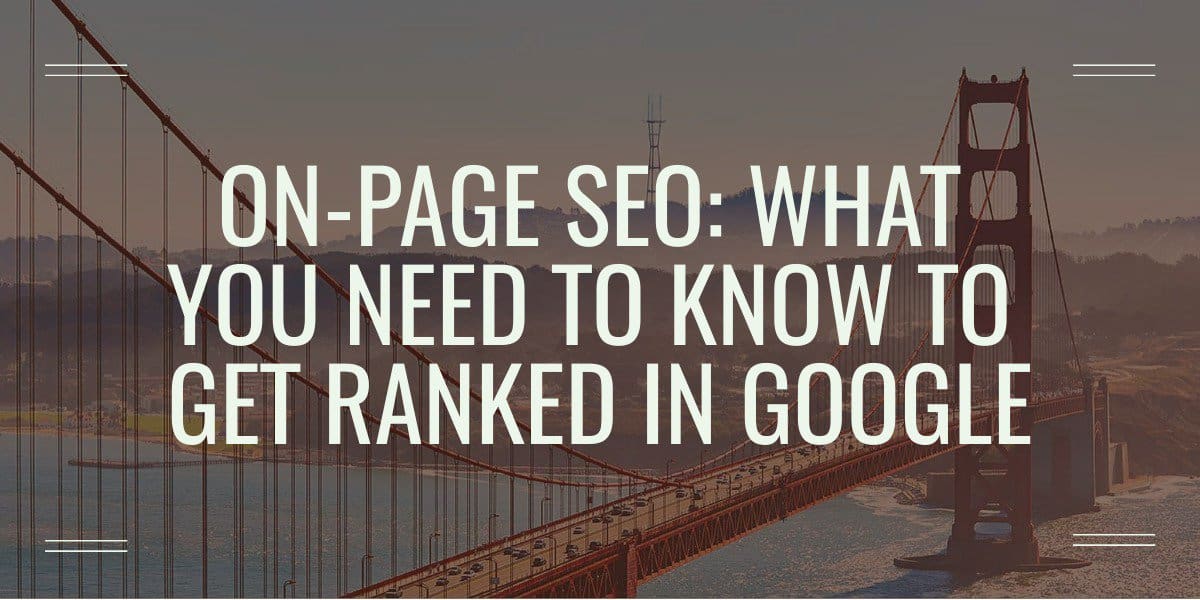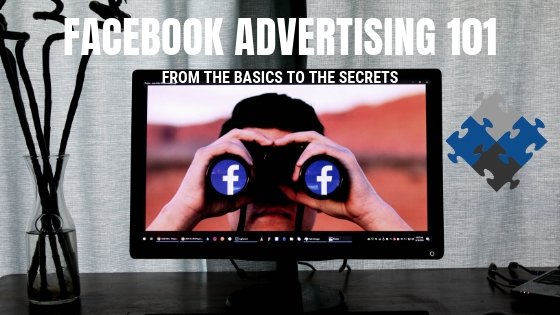
Search engine optimization (SEO) is the process of improving your ranking in search engines like Google for relevant keywords. One of the best ways to rank for keywords is by doing on-page SEO. What is on-page SEO? On-page SEO is the process of optimizing your website’s content to be more search engine friendly. Here are the four on-page SEO techniques you need to know to get ranked in Google.
On-Page SEO What You Need To Know To Get Ranked In Google
What Are The Four Best Practices for On-Page SEO? Using the best on-page SEO techniques is all about knowing which ones to prioritize. And since a lot of the SEO details and strategies discussed in this post are common sense, you shouldn’t need to read too much to know which techniques you should use to optimize your website. That said, there are a few high-level on-page SEO techniques that you should know. Each of these strategies has been carefully designed to be used in tandem to help increase your SEO ranking in Google: Brand Summary If you have a single page website that has no unique selling points, the most you can do is list all of your products in a single section. You should use this format to tell readers a brief, but accurate description of the products you sell.
What Are The Four On-Page SEO Techniques?
1. Responsive Design Responsive web design (RWD) improves mobile traffic by letting users browse your website as easily as possible, on the device they want. Responsive design works well with Google’s AMP protocol which accelerates loading speed by offloading content from your webserver to the underlying network. Another way to increase mobile engagement is to support Google’s Progressive Web App (PWA) initiative. Progressive Web Apps are websites that leverage Progressive Web Apps standards. Progressive Web Apps enable users to get the full functionality of a website from their phone, without the need of installing an app. 2. Rich Snippets are the highlight snippets in Google that display the whole content of a webpage when users search for the exact phrase or topic.
Optimize Your Website’s Content
There are two different types of website optimization – on-page and off-page optimization. When talking about on-page optimization, you are focusing on making sure your website’s content is effective. You are looking to use keyword-rich content on your website. This content should answer the common questions people have about your products, services, and solutions. Keyword rich content gives your customers the answers they need to make informed buying decisions. It’s a great way to increase your website’s traffic and increase conversion rates. Don’t worry – keyword rich content is not time consuming. You don’t have to create complicated keyword research, creative content, or long-form content.
Optimize Your Website’s Title
Your website’s main title is an important piece of information about your business. It is used as part of Google’s search algorithm, as well as other search engines, to rank websites. If your website’s main title is boring, outdated, or too long, people will not be inclined to find out more. To optimize your title, be as specific as possible. Your main title should contain the name of your website, along with some keywords that describe your company, product, or service. As mentioned, the longer a title is, the less Google will consider it relevant. That’s why you should keep the main title between 70 to 75 characters. Always use the proper keywords in your main title, so your website will rank higher in search engine results.
Optimize Your Website’s Meta Description
Each web page has a link to its description page. When you search for a keyword on a search engine, you will not see any meta descriptions on the website. Instead, you will see its description page. The meta description is essentially the description of the web page on a search engine. It helps the search engine to understand the content and provide more relevant search results. For example, you have a business page and you would like it to be linked to from your company’s homepage. But since your homepage is not updated, you should provide a meta description to it to link it to your business page. Since you are the owner of your business, you should create a description that is relevant to your industry.
Optimize Your Website’s URL
This is the most important part of on-page SEO. A good URL is an SEO goldmine. The URL is the destination point for users. Google has it in their manual, the URL should be relevant to your target keyword. For example, you could use 8to5Mac.com or MichaelLevenson.com for your URL. Most of the time you will want to use 301 redirects. Keep Your Search Engines Informed Google, Bing, and Yahoo always update their algorithm, which means you have to keep them informed about your new and improved website content. Each of these search engines has different methods of doing this. However, there are ways to monitor the effectiveness of your new SEO efforts.


